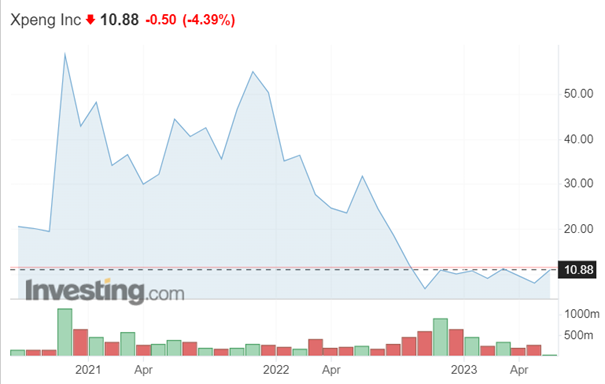Article on Reuters said that China has announced a 520-billion-yuan (around 72.3 billion USD) stimulus package aimed at boosting the sales of electric vehicles (EVs) and other green cars over the next four years. The move comes as the country's auto market experiences a slowdown, raising concerns about economic growth. The package includes tax breaks, with new energy vehicles (NEVs) purchased in 2024 and 2025 being exempt from purchase tax. The exemption will gradually decrease for purchases made in 2026 and 2027. The extension of the tax exemption by four years, which exceeded market expectations, is seen as a positive development for NEV manufacturers. Following the announcement, Chinese auto shares, particularly EV makers like NIO, Xpeng, and Li Auto, experienced a rally. * The incentives provided by the government aim to stimulate growth in the NEV sector and support domestic players in the market.
For me, this news represents mixed signals. On one hand, sales of EV cars could go up because of exemptions. However, the need to go for this move shows that the sales actually declined. At least in my opinion. But it is good that government quickly recognised potential threat and acted quickly. I expect this tax break to have positive impact on the stocks of not only Chinese EV companies, but also Tesla, since they are also a major player in Asian market.
Since I have previously invested in NIO, I have decided to pick Xpeng on this occasion. Since coming to the market in 2020, stocks have a loss of more than 50%. Even though the current price is 10,88 USD, the highest it has got was in the end of 2020, when the price hit 64,28 USD. * This is also one of the reasons why I have decided to go with them, because it shows much space for potential growth. Of course, if the price will turn around and start to grow.
Despite the bullish trend on the stock, I have decided to invest smaller amount and see how it goes. Nevertheless, EV sector is rapidly evolving, meaning that anything can happen.

Movement of Xpeng stocks since coming to the market. (Source: Investing) *
* Past performance is no guarantee of future results.








